Robin Cohen
Machine Learning Innovations in CPR: A Comprehensive Survey on Enhanced Resuscitation Techniques
Nov 03, 2024Abstract:This survey paper explores the transformative role of Machine Learning (ML) and Artificial Intelligence (AI) in Cardiopulmonary Resuscitation (CPR). It examines the evolution from traditional CPR methods to innovative ML-driven approaches, highlighting the impact of predictive modeling, AI-enhanced devices, and real-time data analysis in improving resuscitation outcomes. The paper provides a comprehensive overview, classification, and critical analysis of current applications, challenges, and future directions in this emerging field.
Rumour Evaluation with Very Large Language Models
Apr 11, 2024Abstract:Conversational prompt-engineering-based large language models (LLMs) have enabled targeted control over the output creation, enhancing versatility, adaptability and adhoc retrieval. From another perspective, digital misinformation has reached alarming levels. The anonymity, availability and reach of social media offer fertile ground for rumours to propagate. This work proposes to leverage the advancement of prompting-dependent LLMs to combat misinformation by extending the research efforts of the RumourEval task on its Twitter dataset. To the end, we employ two prompting-based LLM variants (GPT-3.5-turbo and GPT-4) to extend the two RumourEval subtasks: (1) veracity prediction, and (2) stance classification. For veracity prediction, three classifications schemes are experimented per GPT variant. Each scheme is tested in zero-, one- and few-shot settings. Our best results outperform the precedent ones by a substantial margin. For stance classification, prompting-based-approaches show comparable performance to prior results, with no improvement over finetuning methods. Rumour stance subtask is also extended beyond the original setting to allow multiclass classification. All of the generated predictions for both subtasks are equipped with confidence scores determining their trustworthiness degree according to the LLM, and post-hoc justifications for explainability and interpretability purposes. Our primary aim is AI for social good.
Multi-Modal Discussion Transformer: Integrating Text, Images and Graph Transformers to Detect Hate Speech on Social Media
Jul 18, 2023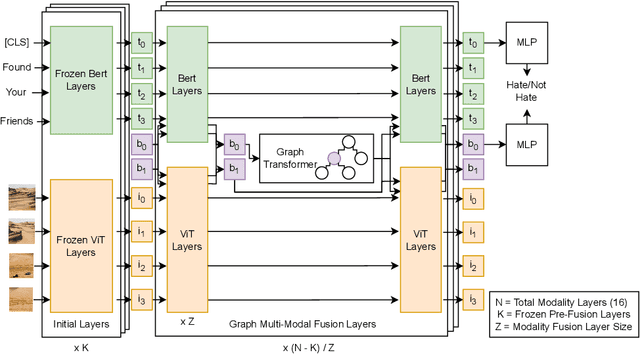
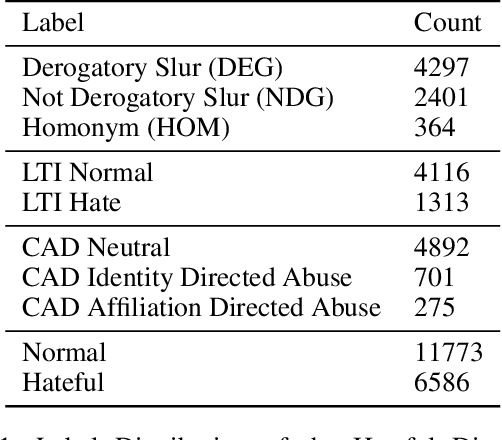
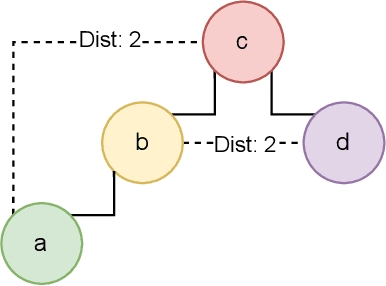

Abstract:We present the Multi-Modal Discussion Transformer (mDT), a novel multi-modal graph-based transformer model for detecting hate speech in online social networks. In contrast to traditional text-only methods, our approach to labelling a comment as hate speech centers around the holistic analysis of text and images. This is done by leveraging graph transformers to capture the contextual relationships in the entire discussion that surrounds a comment, with interwoven fusion layers to combine text and image embeddings instead of processing different modalities separately. We compare the performance of our model to baselines that only process text; we also conduct extensive ablation studies. We conclude with future work for multimodal solutions to deliver social value in online contexts, arguing that capturing a holistic view of a conversation greatly advances the effort to detect anti-social behavior.
Qualitative Analysis of a Graph Transformer Approach to Addressing Hate Speech: Adapting to Dynamically Changing Content
Jan 25, 2023Abstract:Our work advances an approach for predicting hate speech in social media, drawing out the critical need to consider the discussions that follow a post to successfully detect when hateful discourse may arise. Using graph transformer networks, coupled with modelling attention and BERT-level natural language processing, our approach can capture context and anticipate upcoming anti-social behaviour. In this paper, we offer a detailed qualitative analysis of this solution for hate speech detection in social networks, leading to insights into where the method has the most impressive outcomes in comparison with competitors and identifying scenarios where there are challenges to achieving ideal performance. Included is an exploration of the kinds of posts that permeate social media today, including the use of hateful images. This suggests avenues for extending our model to be more comprehensive. A key insight is that the focus on reasoning about the concept of context positions us well to be able to support multi-modal analysis of online posts. We conclude with a reflection on how the problem we are addressing relates especially well to the theme of dynamic change, a critical concern for all AI solutions for social impact. We also comment briefly on how mental health well-being can be advanced with our work, through curated content attuned to the extent of hate in posts.
Predicting Hateful Discussions on Reddit using Graph Transformer Networks and Communal Context
Jan 10, 2023Abstract:We propose a system to predict harmful discussions on social media platforms. Our solution uses contextual deep language models and proposes the novel idea of integrating state-of-the-art Graph Transformer Networks to analyze all conversations that follow an initial post. This framework also supports adapting to future comments as the conversation unfolds. In addition, we study whether a community-specific analysis of hate speech leads to more effective detection of hateful discussions. We evaluate our approach on 333,487 Reddit discussions from various communities. We find that community-specific modeling improves performance two-fold and that models which capture wider-discussion context improve accuracy by 28\% (35\% for the most hateful content) compared to limited context models.
FedFormer: Contextual Federation with Attention in Reinforcement Learning
May 30, 2022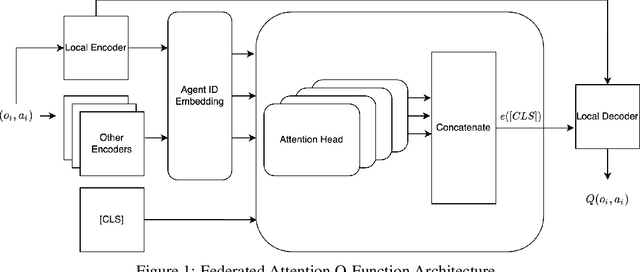
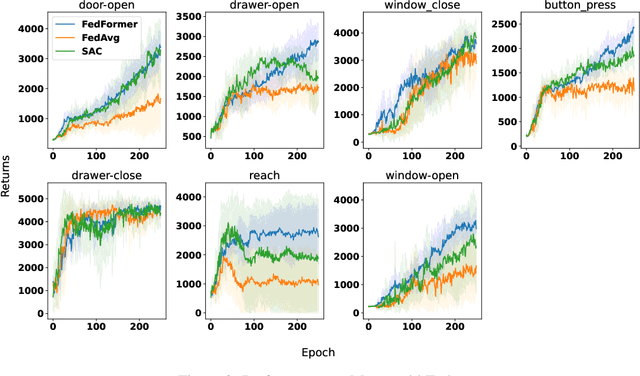
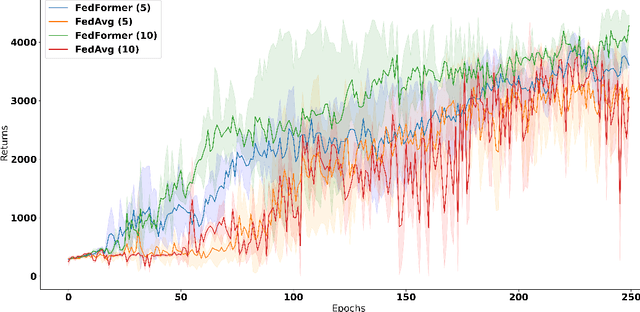

Abstract:A core issue in federated reinforcement learning is defining how to aggregate insights from multiple agents into one. This is commonly done by taking the average of each participating agent's model weights into one common model (FedAvg). We instead propose FedFormer, a novel federation strategy that utilizes Transformer Attention to contextually aggregate embeddings from models originating from different learner agents. In so doing, we attentively weigh contributions of other agents with respect to the current agent's environment and learned relationships, thus providing more effective and efficient federation. We evaluate our methods on the Meta-World environment and find that our approach yields significant improvements over FedAvg and non-federated Soft Actor Critique single agent methods. Our results compared to Soft Actor Critique show that FedFormer performs better while still abiding by the privacy constraints of federated learning. In addition, we demonstrate nearly linear improvements in effectiveness with increased agent pools in certain tasks. This is contrasted by FedAvg, which fails to make noticeable improvements when scaled.
Personalized multi-faceted trust modeling to determine trust links in social media and its potential for misinformation management
Nov 11, 2021
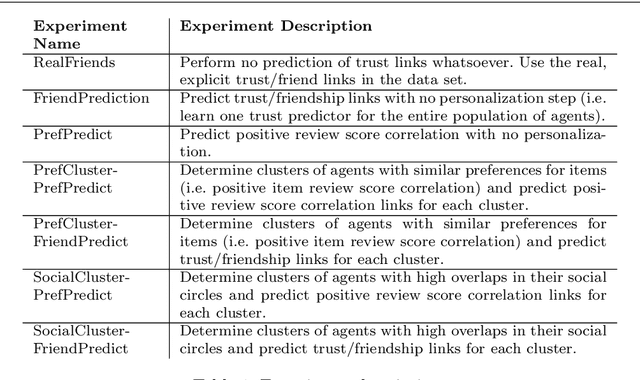

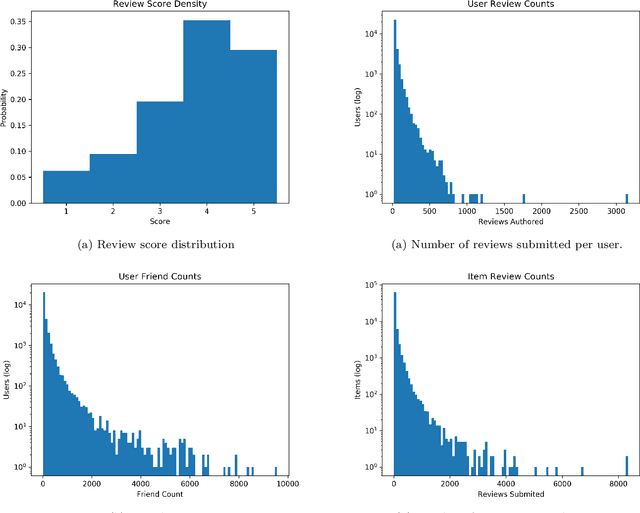
Abstract:In this paper, we present an approach for predicting trust links between peers in social media, one that is grounded in the artificial intelligence area of multiagent trust modeling. In particular, we propose a data-driven multi-faceted trust modeling which incorporates many distinct features for a comprehensive analysis. We focus on demonstrating how clustering of similar users enables a critical new functionality: supporting more personalized, and thus more accurate predictions for users. Illustrated in a trust-aware item recommendation task, we evaluate the proposed framework in the context of a large Yelp dataset. We then discuss how improving the detection of trusted relationships in social media can assist in supporting online users in their battle against the spread of misinformation and rumours, within a social networking environment which has recently exploded in popularity. We conclude with a reflection on a particularly vulnerable user base, older adults, in order to illustrate the value of reasoning about groups of users, looking to some future directions for integrating known preferences with insights gained through data analysis.
Towards A Multi-agent System for Online Hate Speech Detection
May 03, 2021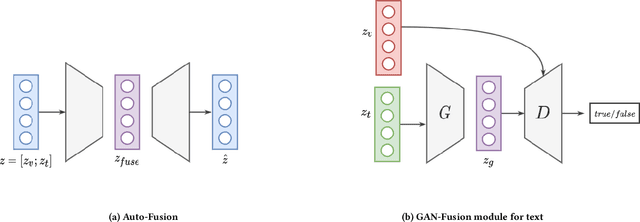
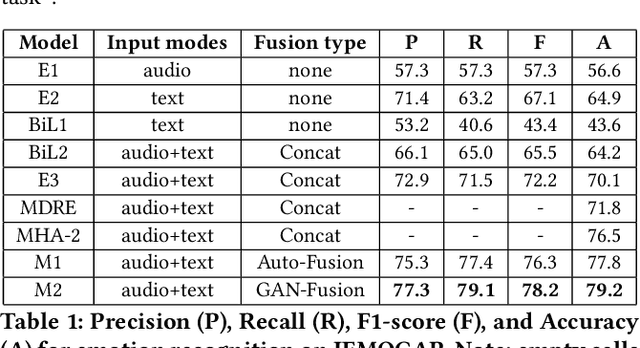
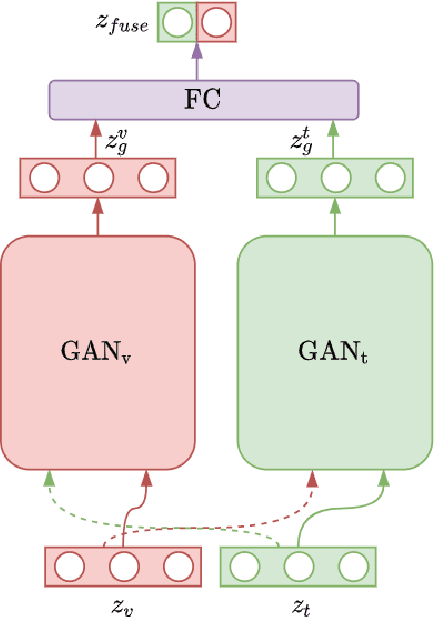
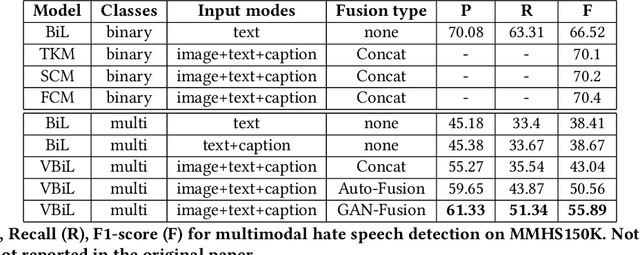
Abstract:This paper envisions a multi-agent system for detecting the presence of hate speech in online social media platforms such as Twitter and Facebook. We introduce a novel framework employing deep learning techniques to coordinate the channels of textual and im-age processing. Our experimental results aim to demonstrate the effectiveness of our methods for classifying online content, training the proposed neural network model to effectively detect hateful instances in the input. We conclude with a discussion of how our system may be of use to provide recommendations to users who are managing online social networks, showcasing the immense potential of intelligent multi-agent systems towards delivering social good.
Autonomous Vehicle Visual Signals for Pedestrians: Experiments and Design Recommendations
Oct 10, 2020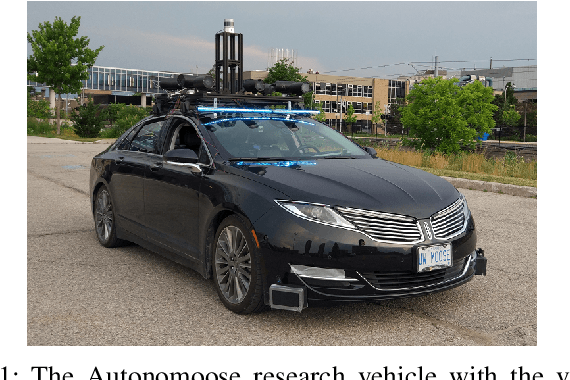
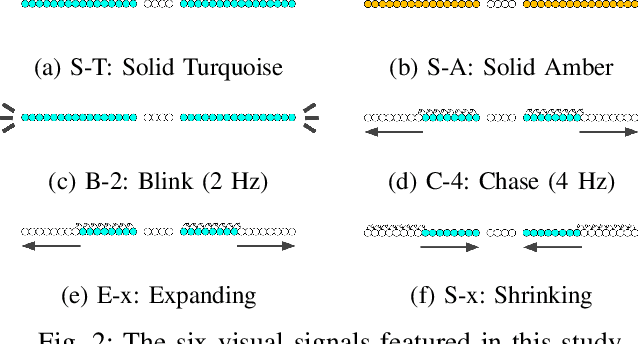

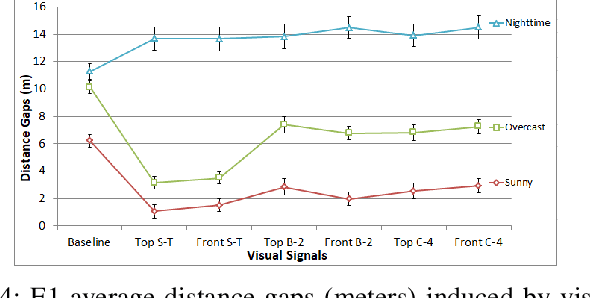
Abstract:Autonomous Vehicles (AV) will transform transportation, but also the interaction between vehicles and pedestrians. In the absence of a driver, it is not clear how an AV can communicate its intention to pedestrians. One option is to use visual signals. To advance their design, we conduct four human-participant experiments and evaluate six representative AV visual signals for visibility, intuitiveness, persuasiveness, and usability at pedestrian crossings. Based on the results, we distill twelve practical design recommendations for AV visual signals, with focus on signal pattern design and placement. Moreover, the paper advances the methodology for experimental evaluation of visual signals, including lab, closed-course, and public road tests using an autonomous vehicle. In addition, the paper also reports insights on pedestrian crosswalk behaviours and the impacts of pedestrian trust towards AVs on the behaviors. We hope that this work will constitute valuable input to the ongoing development of international standards for AV lamps, and thus help mature automated driving in general.
A two-level solution to fight against dishonest opinions in recommendation-based trust systems
Jun 09, 2020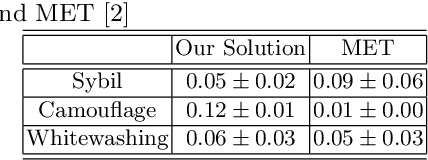

Abstract:In this paper, we propose a mechanism to deal with dishonest opinions in recommendation-based trust models, at both the collection and processing levels. We consider a scenario in which an agent requests recommendations from multiple parties to build trust toward another agent. At the collection level, we propose to allow agents to self-assess the accuracy of their recommendations and autonomously decide on whether they would participate in the recommendation process or not. At the processing level, we propose a recommendations aggregation technique that is resilient to collusion attacks, followed by a credibility update mechanism for the participating agents. The originality of our work stems from its consideration of dishonest opinions at both the collection and processing levels, which allows for better and more persistent protection against dishonest recommenders. Experiments conducted on the Epinions dataset show that our solution yields better performance in protecting the recommendation process against Sybil attacks, in comparison with a competing model that derives the optimal network of advisors based on the agents' trust values.
 Add to Chrome
Add to Chrome Add to Firefox
Add to Firefox Add to Edge
Add to Edge